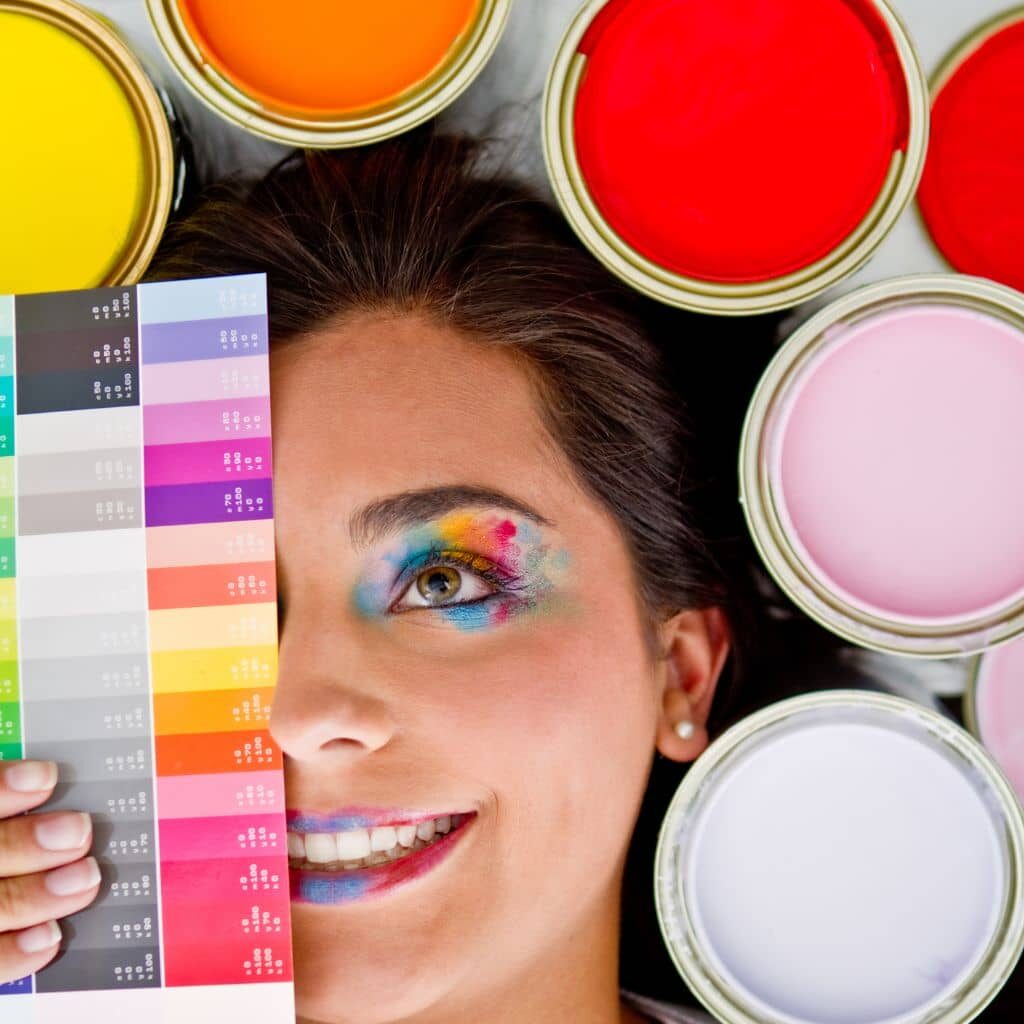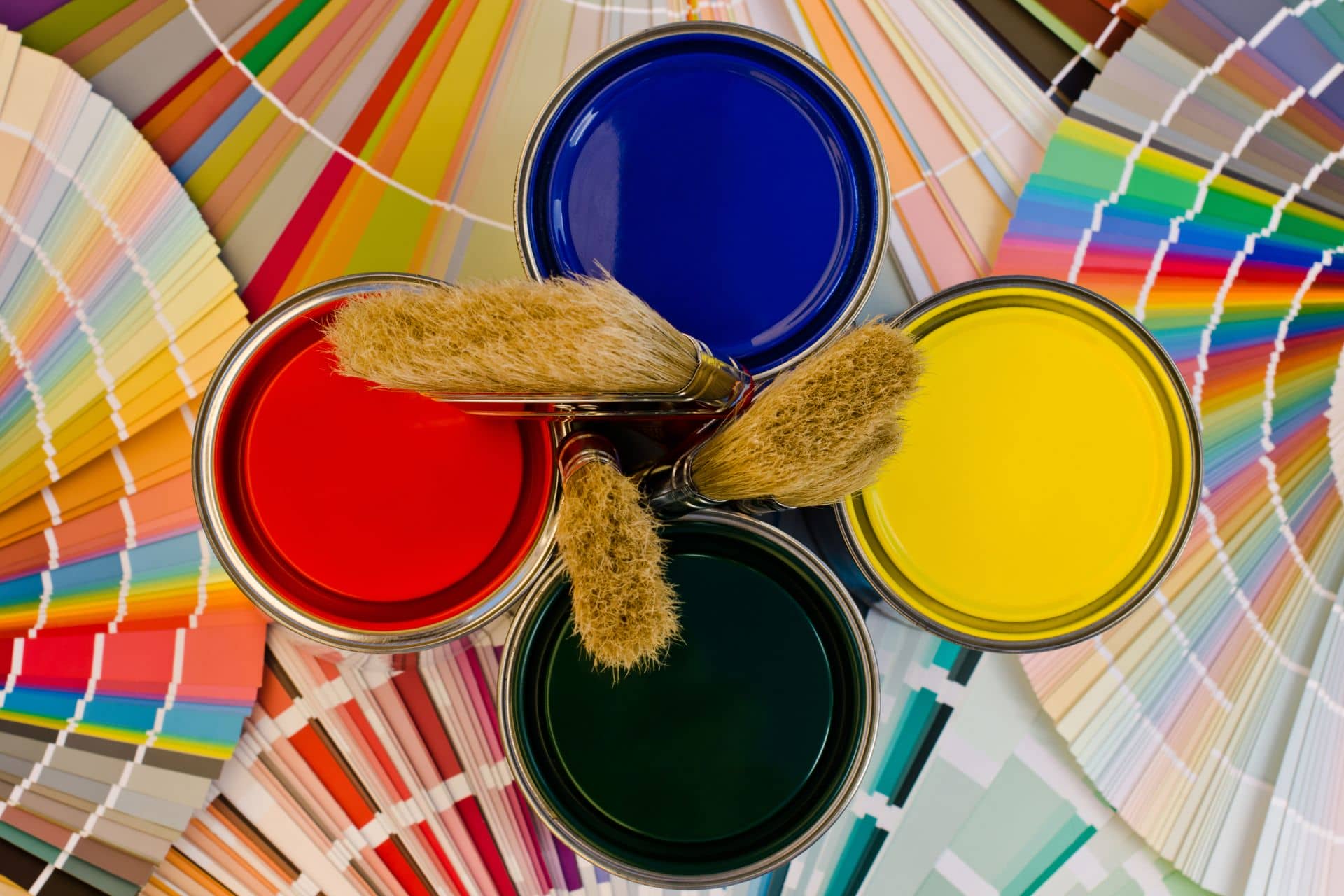Enhancing Your Home with colour
Your emotional state is not solely influenced by your circumstances or mindset; it can also be impacted by your surroundings, including the colours in your environment. Numerous studies have revealed that different colours evoke distinct feelings in individuals. For instance, blue is often associated with a sense of calm and tranquillity, while red can elicit excitement and energy.
While colour reactions may vary among individuals, and some may be more sensitive to colours than others, it is worth paying attention to the hues you incorporate into your home if you aim to create a specific mood. You might discover that certain shades have a more profound impact on your emotions than you previously realized.
Exploring Colour and Mood: Insights from Research
For years, researchers have explored the relationship between room colour and mood, uncovering intriguing findings. Studies indicate that specific colours can indeed influence our emotional state. For instance, blue has been shown to induce relaxation and serenity, whereas red has the potential to boost energy levels and alertness.
Although concrete evidence is lacking regarding how certain colours definitively alter our moods, research does suggest that colours possess the ability to influence our emotions positively or negatively. Therefore, if you aspire to create a particular ambiance within your home, considering the use of specific colours may prove beneficial in achieving your desired effect.
blue: Soothing and Serene
Renowned for its calming and serene effects, blue ranks among the most popular room colours. It is often preferred for bedrooms and bathrooms, as it induces a sense of relaxation. Moreover, blue can help alleviate stress and anxiety. If you seek a colour that promotes relaxation, blue is an excellent choice.
green: refreshing and natural
Green is commonly associated with refreshment and natural elements. It is often used in bedrooms to facilitate relaxation. But what does the colour green truly signify?
Green symbolizes nature, signifying life and growth. When you encounter green, it can evoke thoughts of springtime and new beginnings. Understandably, green is frequently linked to relaxation and serenity.
However, green can also be associated with envy and jealousy, as it is the colour of money. Therefore, if you are feeling stressed or anxious, you might want to avoid painting your walls green!
yellow: Vibrant and Optimistic
Yellow, reminiscent of sunshine and happiness, exudes optimism, positivity, and cheerfulness. It brings a smile to our faces and an extra bounce in our steps. Yellow represents the colour of lemonade on a hot summer day, daffodils in springtime, and golden leaves in autumn.
Merely being surrounded by this cheerful hue automatically uplifts our mood. Whether the day is sunny or gloomy, yellow never fails to infuse our lives with light.
To boost your mood, consider incorporating yellow into your life! Paint your walls yellow, acquire a bouquet of daffodils, or simply wear something in a sunshine-yellow shade. Wherever you go, you’re bound to spread happiness!
orange: exciting and energetic
Cheerful and optimistic, orange signifies the warmth of summer and tropical vibes. It is associated with joy, sunshine, and the fruit that shares its name. Orange is also believed to represent good health.
Similar to red, orange is regarded as an exciting and energetic colour. It can stimulate appetite and foster a general sense of well-being. However, it’s important to use orange sparingly in your décor, as an excess of this colour can be overwhelming.
red: passionate and intense
Red is a colour frequently linked to passion and intensity. Stepping into a red-painted room can instantly evoke a surge of energy and excitement.
Red can also be a commanding and powerful colour, with both positive and negative implications depending on the context. If you seek relaxation within a red room, it may prove challenging to achieve due to the colour’s stimulating nature. However, when aiming to create an atmosphere of romance or passion, red can be the perfect choice.
purple: Luxurious and Opulent
Purple often symbolizes luxury and decadence. A purple room evokes feelings of royalty and opulence. If you desire a space that exudes both relaxation and luxury, purple is an ideal colour choice.
Whether you opt for a deep aubergine or a soft lavender, various shades of purple add an elegant touch to any room. Purple proves to be incredibly versatile, complementing both warm and cool tones. Lighter shades of purple create a serene and calming ambiance, while deeper hues make bold statements in any space.
white: clean and serene
White rooms exude a sense of cleanliness and serenity. Perhaps it’s due to white being associated with purity, or maybe the sight of a blank canvas simply refreshes the mind. Regardless, it’s undeniable that white spaces can have a calming effect on one’s mood.
To create a sense of peace in your home, start by painting your walls white. But don’t stop there! Incorporate white furniture and décor to enhance the desired effect. Add soft textures and subtle patterns to introduce interest and depth.
black: Modern and Intriguing
Black represents power and mystery. It emanates a modern and sleek aura, simultaneously possessing an alluring and enigmatic quality. In design, black can instill a sense of sophistication and drama.
Whether you aim to make a bold statement or simply desire a touch of theatricality in your space, black is an excellent choice. When used skilfully, it can enhance the sophistication and glamour of a room. Nonetheless, exercise caution to avoid an excessive use of black, as it can render a space dark and unwelcoming.

Choosing the Right colour for Your Mood
When selecting a colour for your desired mood, several factors come into play. First, consider the emotions you wish to evoke. Do you desire a serene or an energizing space? Once you’ve identified the intended mood, choose colours that reflect and enhance that ambiance. For example, blues and greens typically evoke calmness, while brighter hues like yellow or red can offer a more invigorating experience.
If you still feel uncertain about the ideal colour choice, consider the room’s purpose. For spaces where you spend considerable time, such as bedrooms or living rooms, opt for colours that evoke comfort and relaxation. Conversely, when decorating a home office or an area that demands focus and productivity, choose colours that promote concentration and attentiveness.


